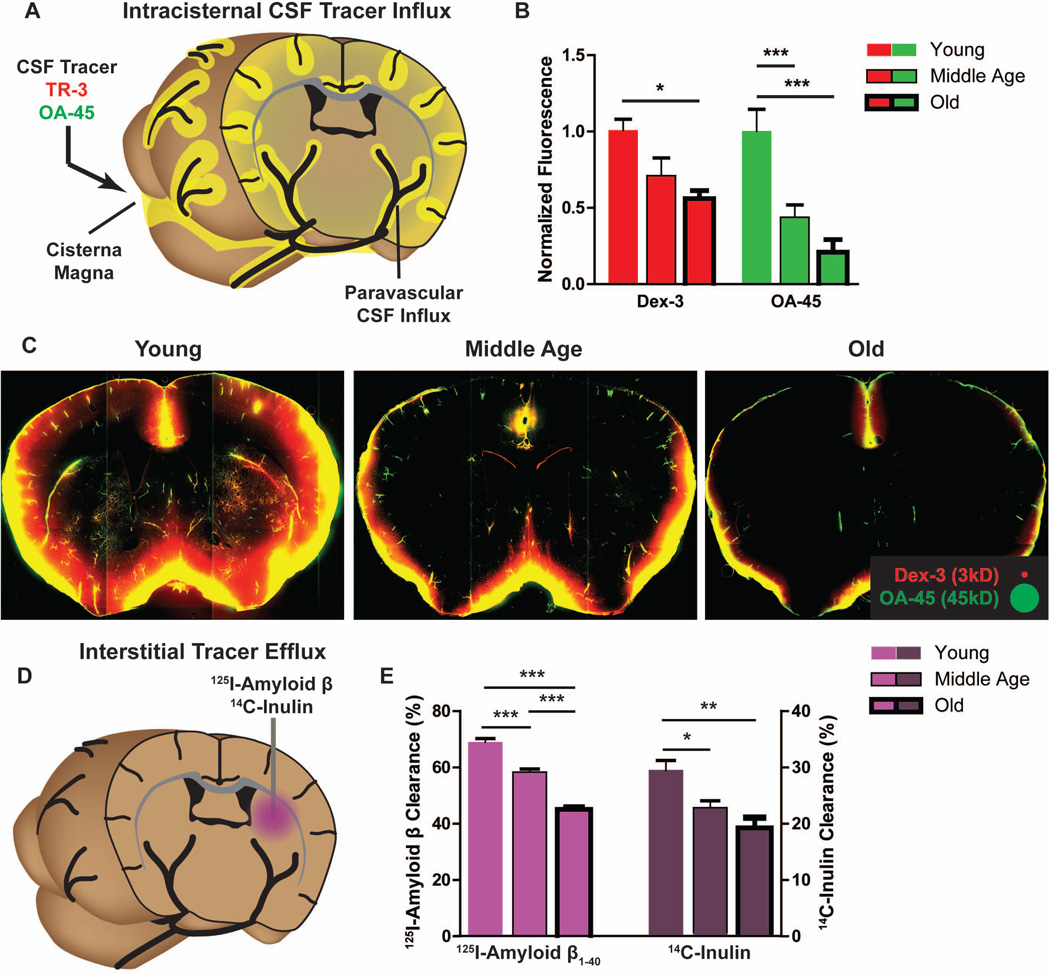Figure 1. Age-dependent decline in paravascular glymphatic CSF recirculation and interstitial solute efflux.
(A) Small molecular weight (Texas Red-conjugated dextran, 3 kD; Dex-3) and large molecular weight tracer (ovalbumin-conjugated ALEXA-647, 45 kD; OA-45) were injected intracisternally into young (2–3 months), middle age (10–12 months) and old (18 months) mice. (B) 30 min after injection, animals were perfusion fixed and whole-slice fluorescence was evaluated. CSF tracer penetration was significantly reduced in the old brain compared to the young brain, while values in the middle age brains were intermediate (*P<0.05, ***P<0.001; 1-way ANOVA; n = 5–8 per group). (C) Representative images show that compared to young brains, CSF tracer penetration into middle age and old brains is markedly slowed. (D) Radio-labeled 125I-amyloid β1–40 and 14C-Inulin were co-injected into the caudate nucleus of young, middle aged and old mice. 60 min after injection, solute clearance was evaluated by gamma counting and liquid scintillation counting. (E) Compared to clearance in the young brain, 125I-amyloid β1–40 and 14C-Inulin clearance were significantly impaired in the old month brain (***P<0.001, **P<0.01, *P<0.05, 1-way ANOVA; n = 6–11 per group). 125I-amyloid β1–40 and 14C-Inulin clearance in the middle age brain were intermediate between that of the young and old brain.

